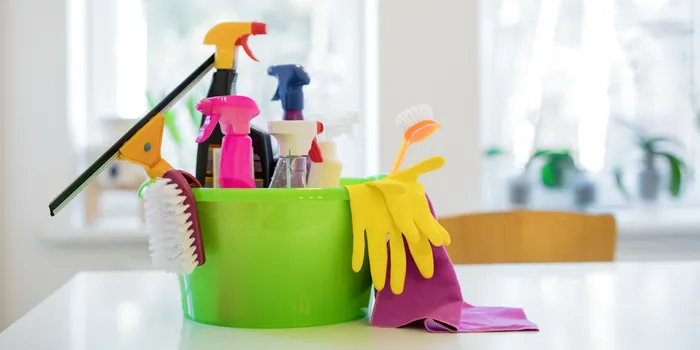Caring for a child with a bleeding disorder dramatically alters daily family life, and when the division of responsibilities is out of balance, it can cause additional strain. In many households, it’s inevitable that one parent ends up shouldering the bulk of the load, including household chores, says Betsy Boegeman, MSW, LICSW, a hematology clinical social worker at the Children’s Minnesota Center for Bleeding and Clotting Disorders in Minneapolis.
It’s not always that one person is pulling all the weight because the other isn’t, Boegeman points out. “Sometimes, they want to have control over the situation, which can leave the other feeling like they’re not allowed to help or aren’t seen as capable.”
Boegeman adds that these dynamics can develop gradually, without either partner realizing it, and can be influenced by traditional gender roles or simply by what feels easiest in the moment.
“I’ve worked with families where one parent tries to help, but the other doesn’t want them to, or doesn’t think they do it as well. That’s very real, and it can create a lot of tension if it’s not addressed,” she says.
Below, Boegeman shares some practical tips to help parents navigate the complexities of caregiving and create a more balanced, supportive home environment.
Align on the Work That Needs to Be Done
Open and honest communication is at the heart of healthy family dynamics, especially when managing the needs of a child with a bleeding disorder. “A lot of times, couples put pressure on each other to just figure it out, assuming the other person knows what they need,” Boegeman says.
A good place to start, experts agree, is to fully understand all of the tasks that are done in the household. Each person should make a list (separately) of what they do, along with how long it takes — and don’t leave anything out, no matter how small it seems, because it all adds to the load.
Next, decide together what tasks aren’t necessary and agree to stop doing them, and figure out which tasks each enjoys doing and wants to own, Jennifer Petriglieri, Ph.D., an organizational behavior professor, writes for TED. Then, she explains, figure out what tasks can be outsourced within your means, such as child care, grocery shopping, or lawn service. Finally, divide what’s left.
Boegeman notes that every couple has different communication styles, both in how they express themselves and how they prefer to receive information. “It can be super challenging to get on the same page when you both communicate differently,” she says. She suggests that couples consider working with a therapist to facilitate better understanding.
“It’s also important to be able to say what you need, like, ‘I can’t have this conversation right now. Let’s talk after the kids are in bed.’ And to listen when your partner tells you what they need, too,” she adds.
Consciously Divide Responsibilities
Boegeman suggests that family members consider “fully owning” certain responsibilities. For example, one parent might take charge of laundry, while the other handles dishes. “That way, you’re taking something completely off your partner’s plate,” she explains.
But there are other ways to divide household tasks. For example, “fully-owned” tasks can be rotated on an agreed-upon schedule. There should also be an understanding that sometimes the list will be out of balance, provided that the division is revisited frequently and readjusted as needed.
“We all have stuff that happens in our lives, whether it’s with work or family dynamics or mental health, where we need the other person to step up because we can’t pull that 50/50 weight,” Boegeman says.
Involving siblings in age-appropriate chores and aspects of medical care not only builds skills but also fosters a sense of belonging. Kids often feel good when they have a role in the family, she says, whether it’s helping empty the dishwasher or supporting their sibling during medical routines by holding a bandage.
“Even an 18-month-old can help with sorting socks or picking vegetables out of the garden,” Boegeman says. “It’s about building skills and helping kids feel like they’re part of the family.”
Use Community and Professional Resources
Families don’t have to navigate these challenges alone. “Hemophilia treatment centers have social workers who can help navigate these kinds of issues, and organizations like the National Bleeding Disorders Foundation can offer support for the whole family,” Boegeman notes.
Parents can also reach out to school social workers, who may have creative ideas for support. “Sometimes, it’s as simple as putting a magnetic calendar on the fridge so everyone knows what’s going on, or having a family meal on Sundays to talk about the week ahead,” she says.
Don’t Be Afraid to Ask for Help
Reach out to others, even if it feels uncomfortable, Boegeman says.
“There are a lot of people who would love to help,” she says. “If you can verbalize what you need — whether it’s meals, rides for your other kids, or just someone to listen — it’s a win-win for everyone.”
Finally, remember that every family’s journey with a bleeding disorder is unique, and there is no one-size-fits-all solution. By asking for support, communicating openly, and working together, you can find strength and balance even in the face of challenges.

